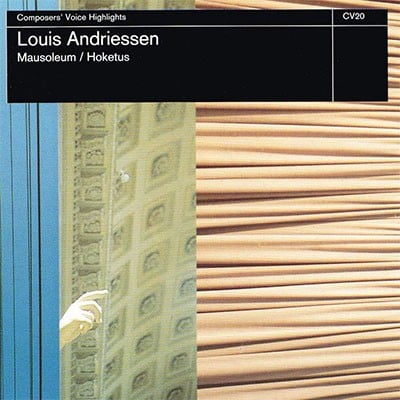Michael Bakunin and Arthur Arnould (R)
2hBar-0.0.0.0-8.3.1.0-cimbalom-perc(2):crot or metal plates/
vib/tuned gongs/bongos/2sm.tom-t/tam-t-bass gtr-2harp-2pft-
strings(min:0.0.4.4.2)
Abbreviations (PDF)
Boosey & Hawkes
Mausoleum is a homage to the great Russian revolutionary thinker Mikhail Bakunin (1814 – 1876), leader of revolutions, founder of secret revolutionary societies, opponent of Marx, philosopher and anarchist, a man ‘to whom no statue has been erected or ever shall be’, as Hans Magnus Enzensberger observes in his moving poem ‘M. A. B.’ from ‘Mausoleum’.
The Bakunin quotations I have used in this piece more or less set out the basic tenets of anarchism and, by the same token, express my political credo. Towards the end, the text is taken from A. Arnould (in Russian like the rest), a French journalist, who knew Bakunin towards the end of his life: "I loved Bakunin; I loved him as he was: forceful an inconscient" etc.
Musically, Mausoleum is based on a strong principle: the entire work depends on just one interval, the major second. All the harmonies, most of them four-part, are built up of a constellation of two major seconds. All the melodies likewise hinge on a major second and whenever there is an additional note, it is a minor second above.
The tempo of the piece also conforms to this bipartite concept: the contradistinction of slow-fast in the breadth – the first half is fast, the second slow – as well as in the particulars – the contrast between the first and the second bars for instance.
Rhythmically, bipartition has been used in yet another way: extensive use is made of the technique of hoquet, i.e. the melody is divided per tone or per chord over (generally equal) groups of instruments.
The work is scored for a large heterogeneous ensemble in which eight horns have a pivotal function.
In preparing the texts I received a great deal of help from Arthur Lehning, and from Bella Bekker who advised me on the phonetic notation of the Russian.
Louis Andriessen
Reproduction Rights
This programme note can be reproduced free of charge in concert programmes with a credit to the composer

Charles van Tassel/David Barick/Asko Ensemble/Schönberg Ensemble/
Reinbert de Leeuw
Composers Voice CV020
